The high temperature problem of the corona is not solved. When the empty rocket is launched in succession, when will the truth know?
Author:Astronomy online Time:2022.09.17
The US launching empty rocket, the target points to the doubt, "soft X -rays" or the key to puzzle solving puzzles
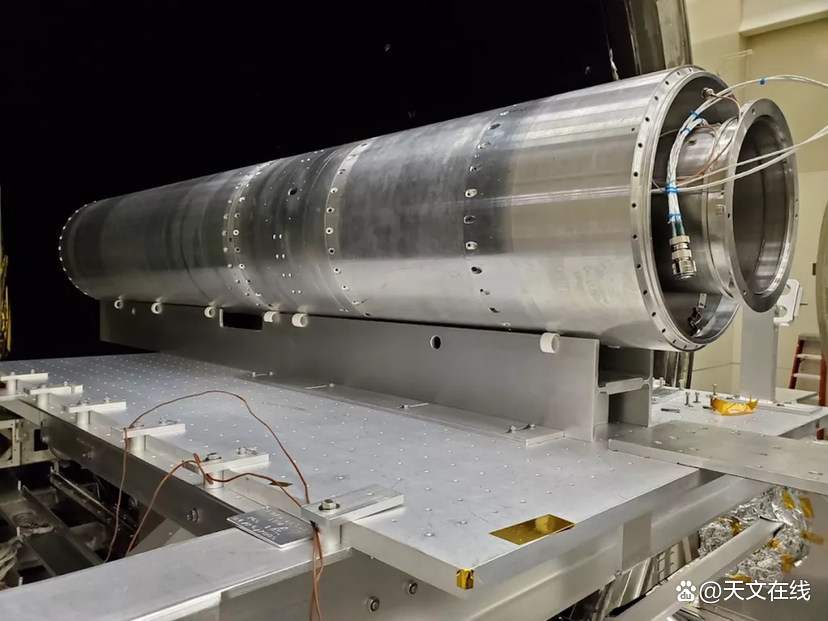
Marshall's plunder X -ray spectrometer (Magixs) is testing before flight on the ground.
Although some rockets will be carried for several years or even decades, other tasks will complete their scientific inquiry mission in a short -distance trip without orbit. For example Empty rocket project.

As the latest progress of the project, an effective load used for the Sun Research Institute was launched at the white sand launch site in New Mexico on July 30. This task called Magixs peeped at the crown -the misty white halo that was visible when the whole food was covered on the front of the sun.
The crowns are full of the mystery of science, especially when the outside of the sun has reached the 10,000 Vocal degree (about 5500 degrees Celsius) that can boil the metal, the temperature of the upper corona is still hundreds of times higher than it. The measurement of Varty is far more than 1 million degrees, but scientists still don't know how this happens.

Amy Webag, a physicist from the National Space Agency's Marshall Universe Center in Alabama, said in a statement: "Our understanding of the Japanese crowns heating mechanism is very limited, part of it is because of the because We are still unable to make accurate observations and measurements in the temperature distribution of sun -plasma plasma in the Nikon area. "

Scientists believe that the mechanism of the heating sun crowns is related to the rapid outbreak of light and plasma, and this phenomenon is called the sun spots and the coronation material. (These eruptions can attack the earth or cosmic aircraft and cause damage to electronic devices. Therefore, Magixs and other research on these processes may make future cosmic flights more secure.)
However, the details of these phenomena are still foggy.
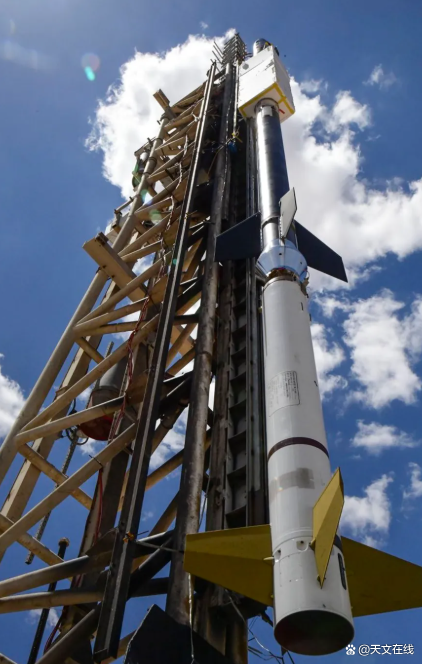
Magixs empty rocket mission is waiting for its launch on July 30, 2021.
The Magixs developed by the Smithsonian Observator of Machalse and Massachusetts and Marsa consists of an astronomical telescope, a high -power camera, and an X -ray spectrometer. The X -ray spectrometer observes the so -called "softness of scientists X -ray "" as the rays used by doctors in medical scanning.

Even if these "soft X -rays" carry less energy, observation can still explain the changes inside the sun. Specifically, the scientists behind Magixs expect the task to map these rays and its temperature to its temperature to a specific solar area can provide evidence for sporadic or continuous heating in the corona.
Moreover, sending these instruments into the sub -orbit means that the project can perform the launch with a plan of only a few months instead of several years, so that NASA can perform about 20 empty tasks each year. Special thing is that the flight of the empty rocket can cultivate young scientists and technicians for the more complicated tasks in the future.
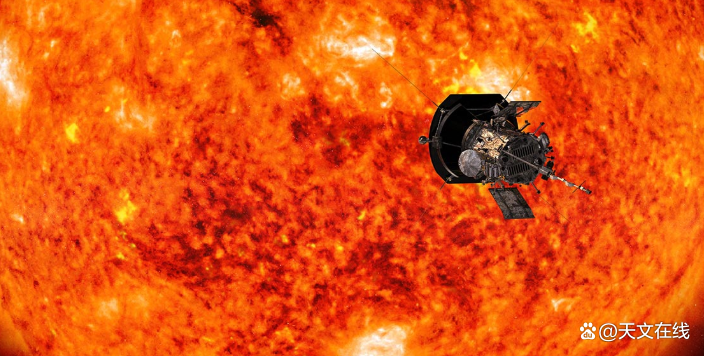
The crown is the outermost atmosphere of the star, which is composed of plasma.
The corona of the sun is located on the color ball and extended millions of kilometers to the outer space. It is the easiest to see the corona when I eat it, but it can also be observed with the coronae. The spectrum measurement shows that there is a strong power out of the corona, and its plasma temperature exceeds one million Cairvin, which is much hotter than the surface of the sun (that is, the light ball layer).
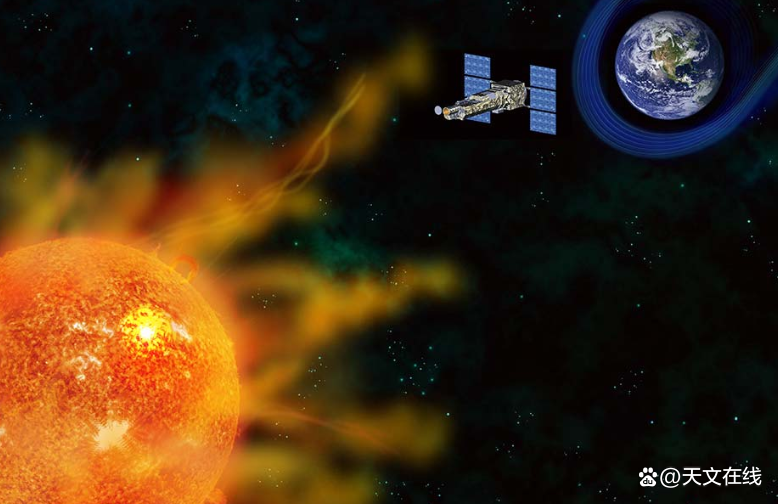
The word "Corona" means "crown" in Latin, originating from ancient Greek "κορώνη, Korṓnē", that is, "flower ring, wreath".
In 1724, the French astronomer Giacomo F. Maraldi realized that the halo visible during the day of the day belongs to the sun, not the moon. In 1809, the Spanish astronomer José Joaquín de Ferrr created the word "Crown". According to his own observation of the Goldhock in New York in 1806, De Ferrr also proposed that the crown is part of the sun rather than part of the moon. British astronomer Norman Lockyer found the first unknown element on the earth in the color ball of the sun -氦.

French astronomer Jules Jenssen pointed out after comparing the number of days of eclipse in 1871 and 1878 that the size and shape of the daily crowns change with the sunspots of the sun. In 1930, Bernard Lyot invented the coronation instrument and could observe the corona without a full -fed food. In 1952, American astronomer Eugene Parker proposed that the corona may be heated by countless tiny "nano-flames", and these tiny flames are similar to the sun's spots and will appear everywhere on the surface of the sun.
By: rahul rao
FY: Phantomkid
If there is related content infringement, please contact the author to delete after the work is released
Reprinted, please obtain authorization, and pay attention to maintaining integrity and indicating the source
- END -
The new achievements of immersed in the cultural tourism 2022 service and trade will have many highlights
Qilu.com • Lightning News August 25th. The reporter learned from the press conference held by the organizing committee today that in the 2022 China International Services Trade Fair, one of the nine
Early capital | Apple withdraws from Didi board; SoftBank announced the vision fund CEO resignation from the group's position
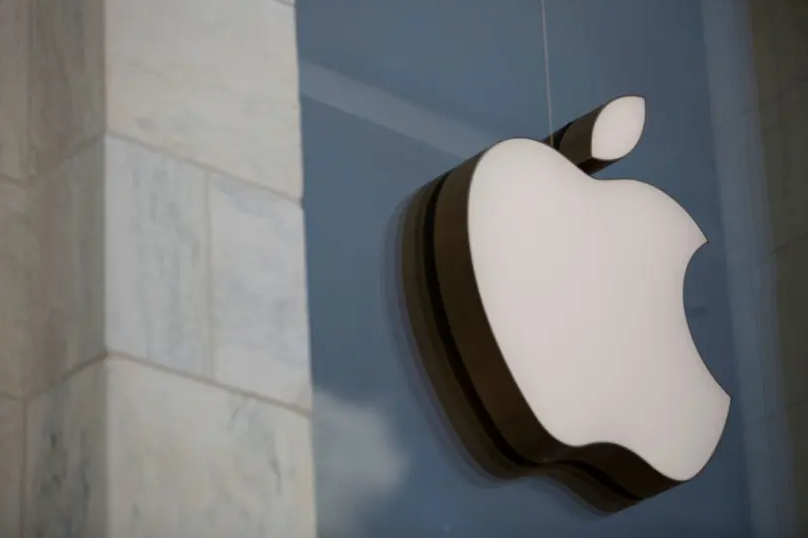
Apple withdrew from Didi Board of Directors nearly 7 billion yuanNews on August 31...